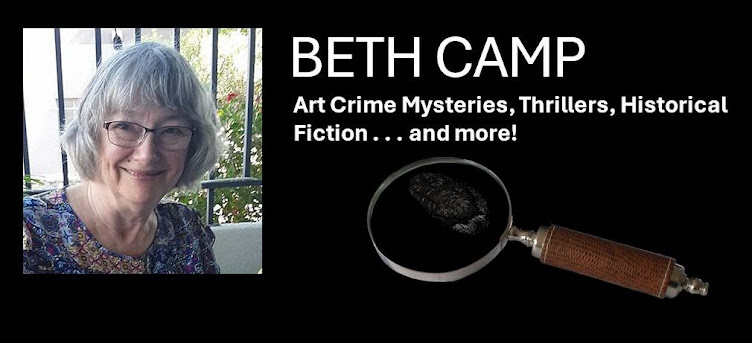My own family told tales of Cheyenne ancestry from that time my grandmother was born in Oklahoma Territory at Fort Reno, in the late 1800's. Sad to say, a DNA test revealed my roots are Swedish, English, and Irish (49%), with a mish-mash of European (18%), and a smidge (4%) of Neanderthal to keep the results interesting.
 |
| Walter Johnson in Army uniform, his wife, Clara Mary Linthicum, and my grandmother, Carolyn Mabel Johnson, Fort Scott, Oklahoma, about 1900. |
What does this have to do with writing? When we write outside our own experience, intuition and research guide us. My hope is that when I do write about Native Americans, my characters are drawn with respect. Here's a snippet from Rivers of Stone. Machk, a Cree, takes Catriona to see the polar bears hunt on Hudson's Bay in November, 1842.
Before them, about one hundred yards out on the ice-packed bay, a ring-necked seal rested next to a small patch of open water. Some fifty yards past the seal, an older, male polar bear, its fur golden in the morning sun, watched the seal with intensity.
"You watch. You learn," said Machk.
The polar bear slunk forward until his whole body was flat on the ice. He slid a little closer, slowly moving behind a chunk of ice. He raised his head for just a moment and then lowered it, as if he were testing the wind to smell if the seal had noticed him. The seal cast his head about, sniffing the air, but it didn't move.
Cat almost laughed as the polar bear slunk around the chunk of ice and entered the water without making a sound.
Machk pointed at the little space of open water between them and the seal.
 |
| Polar Bear (https://www.naturespicsonline.com/) |
The rest of this scene plays out in Rivers of Stone. I'm not sure I would or even could follow Machk out onto the ice of Hudson's Bay in November where temperatures hover around 20F, but Catriona did, and she listened to Machk's teachings.

No comments:
Post a Comment